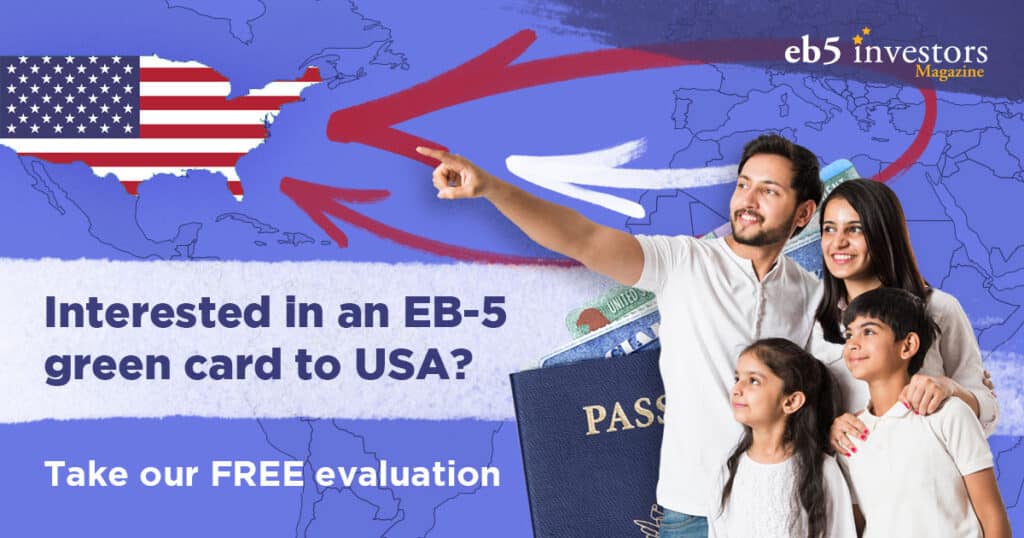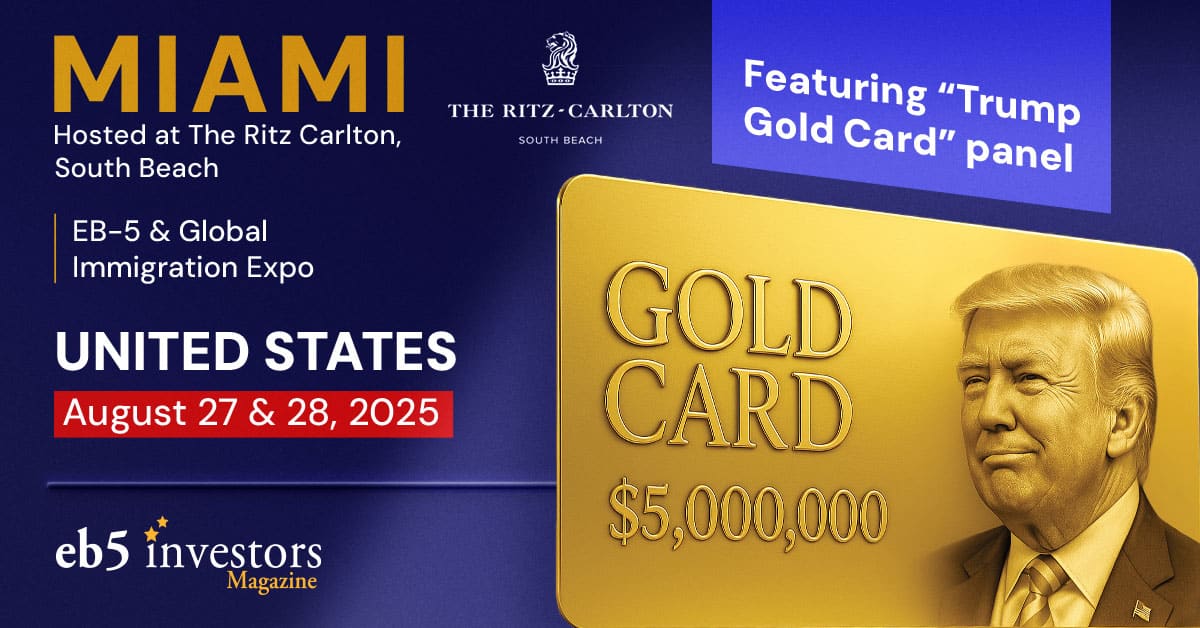
The allure of a green card to the United States for Mexico’s wealthy individuals through the EB-5 visa program is not just a risk diversification alternative but also a potential avenue for growth and stability, especially given the current political and economic scenario in Mexico.
Governing party candidate Claudia Sheinbaum won the presidential elections held in June, becoming the country’s first female leader in more than 200 years of independence. The president-elect is expected to continue President Andrés López Obrador’s state-centric style of government.
The continuation of left-wing policies in Mexico will continue to impact the business environment and investment landscape in the country. A reality that is prompting high-net-worth individuals (HNWI) in Mexico to explore the EB-5 visa program as a viable option to diversify their investment risks and explore safer business opportunities.
“The situation has hit many of those individuals hard, and they are looking for quick options,” says Marisa Casablanca, EB-5 immigration lawyer and a partner at Casablanca Legal Group.
The immigration attorney adds she sees a particular sense of urgency among Mexican investors in processing permanent residence through the EB-5 visa program.
“Prior to the elections, there was an inquisitive attitude of the individuals into options. But now, it is a sense of urgency,” she adds. “They are knowledgeable in the immigration space and have always looked to the U.S. to expand their business relationships. Their wanting to seek immigration opportunities in the U. S. has always been for work/business, or family. There was never a sense of urgency [before],” she explains.
Who is the Mexican EB-5 investor?
Mexican investors totaled the second largest number of EB-5 visas issued in the 2023 fiscal year to North American countries, with 12 (second to Canada’s 42). However, Mexico is the North American country that received the largest number of U.S. employment-based visas last year (1,312), including EB-5.
Compared to its counterparts in Latin America, the Mexican EB-5 investors’ cultural, economic, and geographic closeness to the U.S. has always influenced their decision to opt for permanent residency there, compared to other destinations.
“The United States continues to have an important attraction for Mexican high net worth families, who regularly own businesses large and small in the United States, while also owning second homes or having their children study at leading U.S. universities. These factors present a landscape for increased popularity for the EB-5 program,” immigration attorney Ignacio Donoso, EB-5 immigration attorney and managing member at I.A. Donoso & Associates, LLC, explains.
He adds that the recent democratic shift in government and the near-shoring trends benefiting Mexican industry also influence Mexican investors’ interests in the EB-5 and other U.S. visas.
“The level of Mexican economic prosperity is usually a good foundation for Mexican investors’ interest in the EB-5 program,” he says. Meanwhile, “nearshoring brings production and assembly jobs to Mexico from China and other countries that had developed strong supply networks with the United States. All of this points in a positive economic direction for Mexico.”
Donoso concludes that Mexican investors will continue anticipating the “economic and political fortunes of Mexico” in the aftermath of the elections, an opportunity that the EB-5 industry should capitalize on.
“The industry should continue to spread the news that the 2022 Reform and Integrity Act had an overall positive effect on the efficiency of EB-5 visa processing, combining faster processing with the opportunity for concurrent filing of Adjustment of Status,” he says. ”This is tremendously important to Mexican investors because they have so many other visa alternatives to the US. Mexican investors can take advantage of temporary investment visas under the E or L programs, or permanent residency options in the EB1C program (currently with no visa backlog) or the EB2 National Interest Waiver, or PERM Labor Certification programs (with longer but not unreasonable waiting lists for EB2 and EB3).”

DISCLAIMER: The views expressed in this article are solely the views of the author and do not necessarily represent the views of the publisher, its employees. or its affiliates. The information found on this website is intended to be general information; it is not legal or financial advice. Specific legal or financial advice can only be given by a licensed professional with full knowledge of all the facts and circumstances of your particular situation. You should seek consultation with legal, immigration, and financial experts prior to participating in the EB-5 program Posting a question on this website does not create an attorney-client relationship. All questions you post will be available to the public; do not include confidential information in your question.








